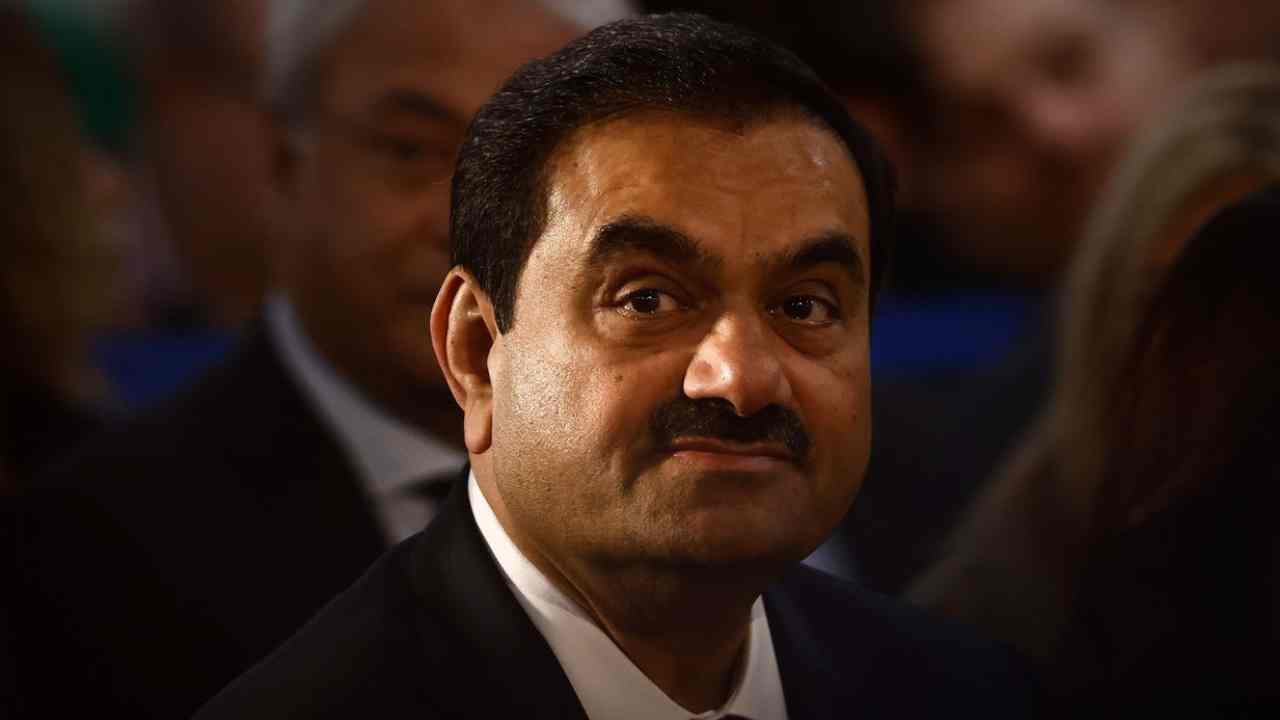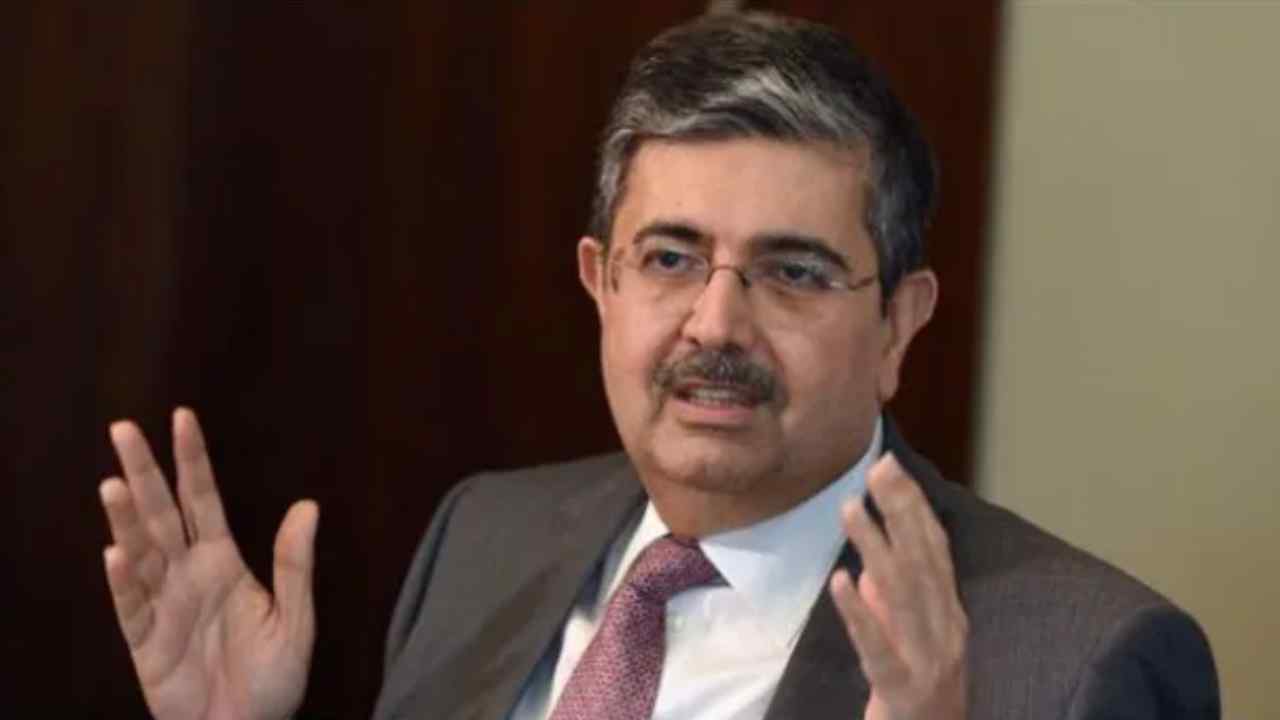Overview of India’s Oil Import Landscape
India stands as the third-largest oil importer and consumer globally, relying on imports for over 80% of its oil consumption. This heavy dependence has a significant impact on domestic oil prices and the country’s overall economic health. As global crude oil prices fluctuate, so does the potential for increased costs at the pump for petrol and diesel. However, recent statements from the government suggest a possibility of reduced oil prices in the near future.
Government Indications on Pricing
On September 12, Petroleum Secretary Pankaj Jain indicated that if the global crude oil prices remain low for an extended period, oil companies in India might consider lowering petrol and diesel prices. In an interview with CNBC-Awaaz, Jain highlighted ongoing discussions between the Oil Ministry and the Finance Ministry regarding the windfall tax, underlining that the Department of Revenue will soon make a decisive call on the matter. This communication signals that the government is closely monitoring oil price trends and is ready to act if circumstances permit.
Shifting Trends in Oil Purchases
Pankaj Jain noted a recent dip in oil prices over the past week. However, he urged caution in making hasty decisions based solely on short-term pricing movements. He emphasized the need to evaluate oil prices over a longer timeframe to ensure sustainable purchasing strategies. Furthermore, he acknowledged that India could increase its oil imports from Russia if competitive pricing allows, building upon its achievement in July when it sourced the most oil from Russia, surpassing China in this regard.
Current Trends in Crude Oil Pricing
As of September 12, Brent crude futures for November hovered around $71.61 per barrel, while US crude futures for October reached approximately $68.23 per barrel. Notably, Brent crude prices have dipped below the $70 mark for the first time since 2021. Analysts from Citigroup and JP Morgan anticipate that prices could drop to the $60 level by 2025, reflecting a bearish outlook on crude oil trends. The Organization of the Petroleum Exporting Countries (OPEC) recently revised its forecast for crude oil demand growth in 2024, marking the second consecutive cut in predictions, reflecting broader market concerns.
Potential Implications for Indian Consumers
If the government’s strategies to engage with pricing trends yield results, Indian consumers could experience relief at the fuel stations. Reducing the burden of high fuel prices could help stabilize the economy and ease inflationary pressures, allowing consumers to allocate more funds towards other essentials.
Conclusion
As India navigates its intricate landscape of oil imports and pricing strategies, the developments concerning global crude prices, government policies, and potential collaboration with oil-producing nations like Russia will significantly shape the economic terrain. The government’s proactive approach to overseen pricing trends may not only impact the oil sector but also reverberate throughout the country’s economy, offering a glimmer of hope for consumers looking for a break in fuel costs.











